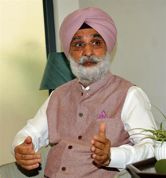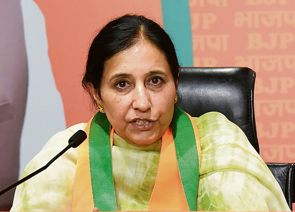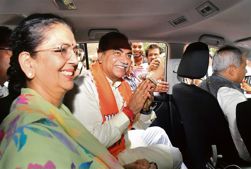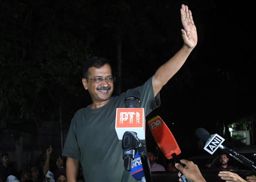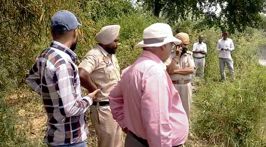
Several political commentators have remarked on the epic family feud currently taking place in the Samajwadi Party, recalling incidents from the Ramayana and Mahabharat to make their points, while social media sites have been passing around hilarious one-liners and imaginary scenarios to highlight the comic aspects of this ‘pari-war’. What is worth noting in all this banter is the common mythology that evidently binds this country’s disparate social groups together. It is like hearing a secret language that is instantly comprehensible because the sociological images and types that it recalls have been around us for as long as one can remember. Come to think of it, which Indian has not encountered an evil Kaikeyi, Manthra or Kansa in one’s own family?
One of the great blanks that will mark the growth of the present generation is a growing ignorance of these absorbing tales due to a ‘cleansing’ of their school curricula. In our wisdom, our generation tried to sanitise education from any taint of religious bias and while no one can have a problem with that, the collateral damage that accompanied it was a gradual phasing out of an ethical framework that left young minds with virtually no moral compass to guide them. Speaking from my own experience, we grew up in a house of faith and went to school in a convent run by Catholic nuns. The benefits of this early exposure to the grandeur of both these faiths did not immediately manifest itself in our lives. In fact, we grumbled about the pages of Acts of the Apostles we had to mug up for our mandatory Bible classes. It was only later that we realized how this double whammy sharpened our memories and above all, branded these aphorisms and epic characters so firmly on our minds that they became a sort of touchstone to judge life by.
To somehow make up for the absence of epic tales, clever commercial films started dumbing down these magnificent parables into bite-sized tales of good and evil. Watch the cartoon films now beamed to bring the legend of Hanuman and Ganesha and see for yourself what we have lost. We may have succeeded in dividing good and evil into easily identifiable boxes but have lost the plot where our epics cleverly placed complex moral questions within the simple tales of gods and kings. Down the decades, this has created a world that has only two answers to every dilemma: right or wrong; yes or no; good or bad. Our news anchors, who are also products of this reductionist pedagogy, want simple answers as they have no time or patience with ‘maybe’ or ‘can’t say’. And yet, as we all know, problems are not always possible to place within simple and easily ingestible binaries. To listen, pause and reason and then to ask uncomfortable questions -- we have lost the ability to handle such situations.
Sociologist Ashish Nandy, who writes compellingly on trends and social behaviour, calls the neo-liberal millennial a laptop Hindu. Another disturbing trend to be noted among the young is their support for political parties that promise to bring about a change in months and weeks. Faith in democracy’s slow but equitable growth makes little sense to a young man who has a college degree but no job in hand and no godfather to tap. The anger when the leader betrays this hope is also vicious and that is why anti-incumbency has become a household phrase at election time. Punjab is on the brink of a change but who will win the elections will also determine what that change will mean to its people.
As I write this column, news of the passing away of a brilliant and perhaps one of the finest film actors ever came to me. Om Puri was just 66 years old and no Brad Pitt in the looks department. In fact, his scarred and rugged face landed him his first few roles in a slew of art films he did with Shyam Benegal. His comic potential, which matched his brooding angry roles, was discovered in ‘Jane bhi do Yaaro’, where he played a corrupt Punjabi builder to perfection. His deep baritone, his wonderful Punjabi-Hindi and his arresting screen presence made even B-grade Bombay films into something else. Then there were his Hollywood films, each a memorable role and flawlessly executed. Remember his cameo in Attenborough’s ‘Gandhi’ as an angry Muslim, hurling abuses at Gandhi doing penance for the post-Partition riots in Calcutta? As I said, each Om Puri role is a work of art.
He made it possible for a rank outsider to enter an industry heavily ruled by families and crooked producers. God knows when will we see the like of him and his natural partner, Smita Patil again. So, to the golden age of film noire, to an outstanding stage and film actor and to a voice that throbbed with passion, a salute!





















